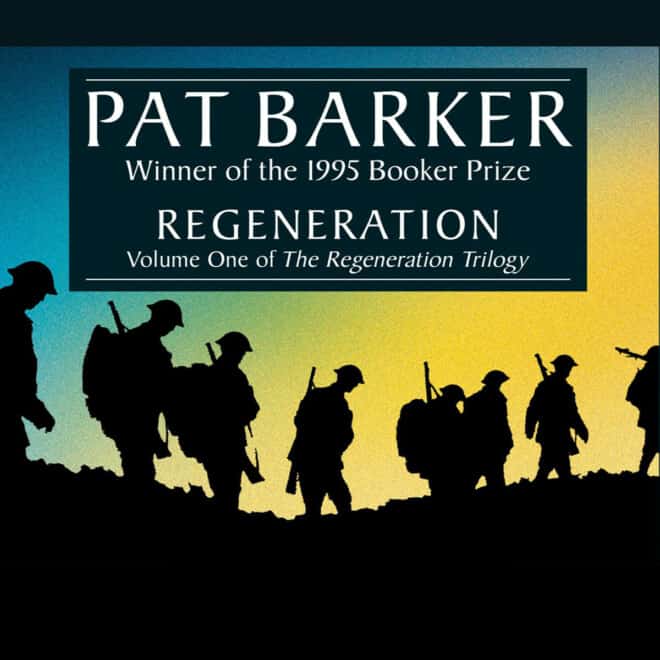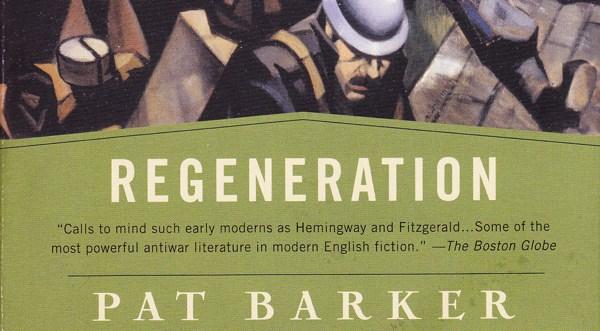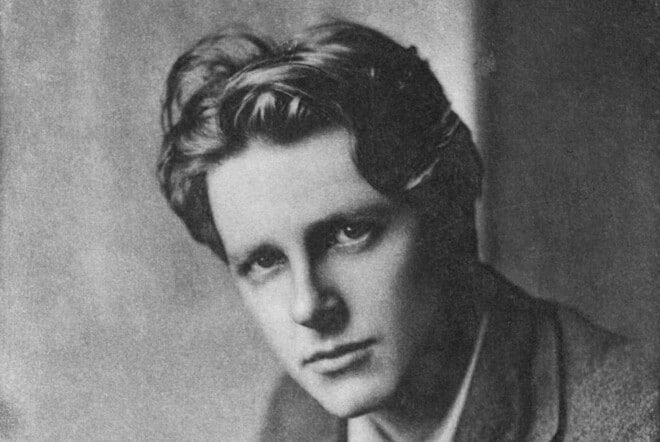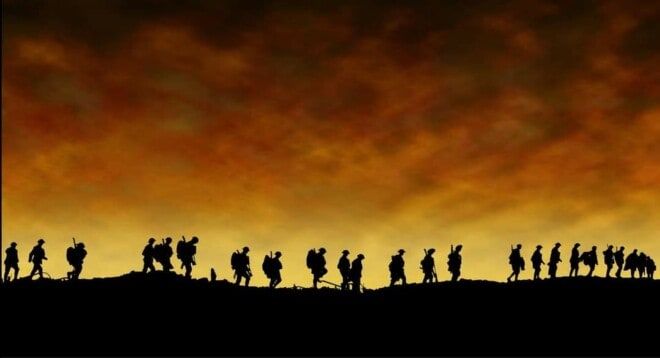Littérature
Historical figures and fictional characters in Regeneration
How human beings presented in Regeneration are different from historical characters? Paradoxically, several characters had real historical existence and yet, …
Lire Historical figures and fictional characters in Regeneration



